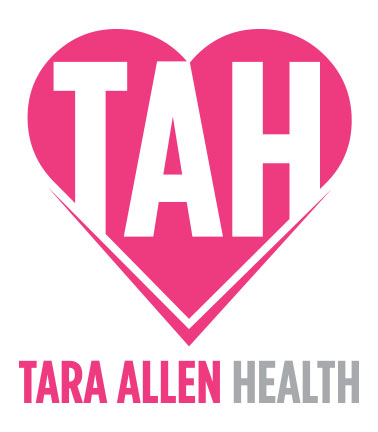Everything is protein this and protein that lately.
And it's great! I'm finally able to post my protein recommendations without all the comments from some traditionally trained nutrition professionals I used to get on the socials up until a few months ago like, "That will ruin your kidneys" and "That's not what the government recommends". (Sufficient protein does not ruin kidney function. Some people with compromised kidney function already need to consume less protein. That's not the same. What I recommendisdifferent from what the government recommends because staying on top of the research on optimal health means there will be differences there.)
So keep getting that protein in!
But let's not forget we have essential fatty acid (fat) needs and fiber plays such a valuable role in nutrition as well! Let's talk about fiber today. Maybe we'll dive into fat in a future newsletter.
Fiber is one way to naturally raise GLP-1 in our bodies.More on that in this post. Fiber helps to make us feel satiated, helps us manage blood sugar, acts as prebiotics (food for our microbiome) and helps us then go on to produce postbiotics (example: butyrate -- these act as signaling molecules and play a big role in many different functions and systems in our body).
I recommend 5-15g of fiber per meal for most people, most of the time. There are some people who seem to need to back off of fiber for a while as they heal their gut, though most people would do best aiming to build back up that fiber once they are healed enough to be able to tolerate it again. Now, three meals a day with 5g of fiber in each would still leave you under the amount recommended. Ideally most women are getting more than 25-30g per day and men are getting at least 35-40g per day.
Here are some high fiber food options:
Beans and Legumes:
Black beans (1/2 cup cooked): 7.5 grams of fiber
Lentils (1/2 cup cooked): 7.8 grams of fiber
Chickpeas (1/2 cup cooked): 6.2 grams of fiber
Split peas (1/2 cup cooked): 8.1 grams of fiber
Vegetables:
Artichokes (1 medium): 6.9 grams of fiber
Broccoli (1 cup cooked): 5.1 grams of fiber
Brussels sprouts (1 cup cooked): 4.1 grams of fiber
Sweet potatoes (1 medium, baked with skin): 3.8 grams of fiber
Carrots (1 medium): 1.7 grams of fiber
Fruits:
Raspberries (1/2 cup): 4 grams of fiber
Avocado (1 medium): 9.2 grams of fiber
Pear (1 medium): 5.5 grams of fiber
Apple (1 medium): 4.4 grams of fiber
Banana (1 medium): 3.1 grams of fiber
Whole Grains:
Quinoa (1/2 cup cooked): 2.6 grams of fiber
Oats (1/2 cup cooked): 2 grams of fiber
Brown rice (1/2 cup cooked): 1.8 grams of fiber
Nuts and Seeds:
Chia seeds (1 ounce, about 2 tablespoons): 10.6 grams of fiber
Flaxseeds (1 ounce, about 2 tablespoons): 7.6 grams of fiber
Almonds (1 ounce, about 23 almonds): 3.5 grams of fiber
Pumpkin seeds (1 ounce): 5.2 grams of fiber
Other:
Acacia fiber (1 tablespoon): 7 grams of fiber
Basil seeds (1 tablespoon): 7 grams of fiber
Lupini bean pasta (1 serving): 15g
Important to note that fiber content may vary slightly depending on factors such as ripeness, cooking method, and specific variety. Many of these high fiber foods check off other nutritional boxes too! Some are intentional carbs, some are fats, and a few have a least a little protein. Others, like the non-starchy veggies, I wouldn't give credit as intentional carbs, fat or protein.
I made this Spring 2024 Recipe Collection for you in case you want to see how to pull this all together in some real meals. There are omnivore recipes, vegan options, vegetarian options. There are breakfasts, lunches and dinners. And they all have 5-15g fiber, at least 30g protein, and fat and intentional carbs dialed in to help with health and body composition goals. I hope you love it!
XO,
Tara
